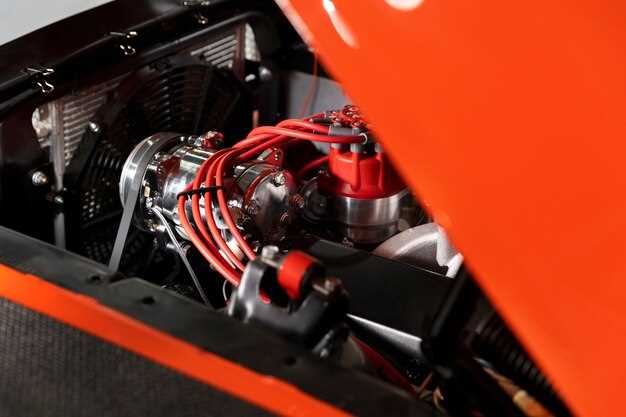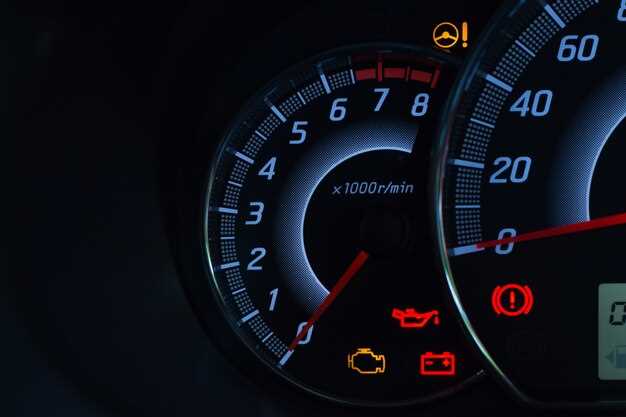
In the competitive world of racing, every ounce of power matters. Racing trucks, designed to tackle challenging terrains and deliver outstanding performance, have significantly benefitted from advancements in automotive technology, particularly in the adoption of turbochargers. A turbocharger not only enhances the engine’s efficiency but also optimizes its power output, enabling racers to achieve remarkable speeds and better handling.
The primary advantage of implementing a turbocharger in racing trucks is its ability to squeeze more power out of smaller displacement engines. By forcing more air into the combustion chamber, turbochargers increase the engine’s oxygen intake, allowing for a more complete fuel burn. This boosts horsepower without the need for a larger engine, which can be a game-changer in weight-sensitive racing scenarios.
Additionally, the use of turbocharging allows for improved throttle response and acceleration. With the increased power at their disposal, drivers can tackle steep inclines and sudden changes in terrain with confidence. The result is a more dynamic racing experience that can be the difference between crossing the finish line first or second. As a result, turbocharging has become an essential feature in modern racing trucks, driving competitive advantages and enhancing the overall efficacy of these powerful vehicles.
Enhanced Power Output in Racing Conditions

Turbochargers significantly improve the power output of racing trucks by forcing more air into the engine’s combustion chamber. This process allows for a more efficient fuel burn, leading to increased horsepower and torque under racing conditions. The turbocharger captures exhaust gases and uses them to spin a turbine, which in turn compresses incoming air. This results in a denser air-fuel mixture that generates greater energy per cycle.
In high-performance environments, such as racing, the demand for instant power is crucial. Turbochargers provide a quick power boost by delivering an immediate response to throttle inputs, allowing drivers to accelerate rapidly and maintain higher speeds. This responsiveness is especially beneficial in competitive settings where seconds can determine race outcomes.
Moreover, turbocharging enhances overall engine efficiency, enabling larger displacement engines to produce power similar to that of smaller, naturally aspirated engines. This allows racing teams to meet stringent weight and performance regulations while maximizing output. In essence, the integration of turbocharger technology transforms racing trucks into formidable competitors on the track, making enhanced power output a vital advantage in achieving victory.
Improved Fuel Efficiency During High-Performance Events

Turbocharging plays a crucial role in enhancing fuel efficiency, particularly during high-performance racing events. By providing a significant boost to engine power, turbochargers enable racing trucks to achieve optimal performance without proportionally increasing fuel consumption.
When a turbocharger is utilized, it harnesses the energy from exhaust gases to compress incoming air before it enters the engine. This process allows for a denser air mixture, enhancing the combustion process and resulting in more power with the same amount of fuel. Consequently, racing trucks can operate at higher speeds and improved torque levels while maintaining efficient fuel use.
Moreover, the ability to maintain performance levels with less fuel means that racers can focus on strategy and speed, without the constant concern of running out of fuel mid-event. The power output becomes more significant as the engine’s capability to perform effectively increases, allowing teams to optimize their performance throughout the race.
In summary, turbocharging significantly improves fuel efficiency during high-performance events by maximizing the utilization of fuel through enhanced power generation. This advancement not only contributes to better race outcomes but also promotes sustainability in motorsport, a vital consideration for the future of racing.
Turbocharger Maintenance Tips for Optimal Performance
To ensure the power and boost provided by turbochargers in racing trucks, regular maintenance is essential. A well-maintained turbocharger can greatly enhance the efficiency and longevity of the engine.
First, always use high-quality engine oil that meets the manufacturer’s specifications. Clean oil reduces friction and helps cool the turbocharger, allowing it to perform optimally even under high pressures. Regularly check and change the oil as per the maintenance schedule.
Next, pay attention to air filters. Clogged or dirty air filters restrict airflow, which can limit the boost generated by the turbocharger. Ensure filters are replaced regularly to maintain the airflow needed for maximum power.
Additionally, inspect the turbocharger for any signs of wear or damage. Look for oil leaks, unusual noises, or imbalance in the turbo shaft. Early detection of these issues can prevent costly repairs and downtime.
Don’t neglect the cooling system either. A properly functioning intercooler and coolant system are critical for managing the temperature of the turbocharger. Overheating can lead to premature failure, so check for blockages and maintain optimal fluid levels.
Finally, warming up the engine before heavy use and allowing it to cool down properly afterward can help extend the lifespan of the turbocharger. This practice ensures that metal components do not experience thermal shock, which can lead to damage.
Implementing these maintenance tips will help you maximize the power and boost of your turbocharger, keeping your racing truck competitive on the track.




